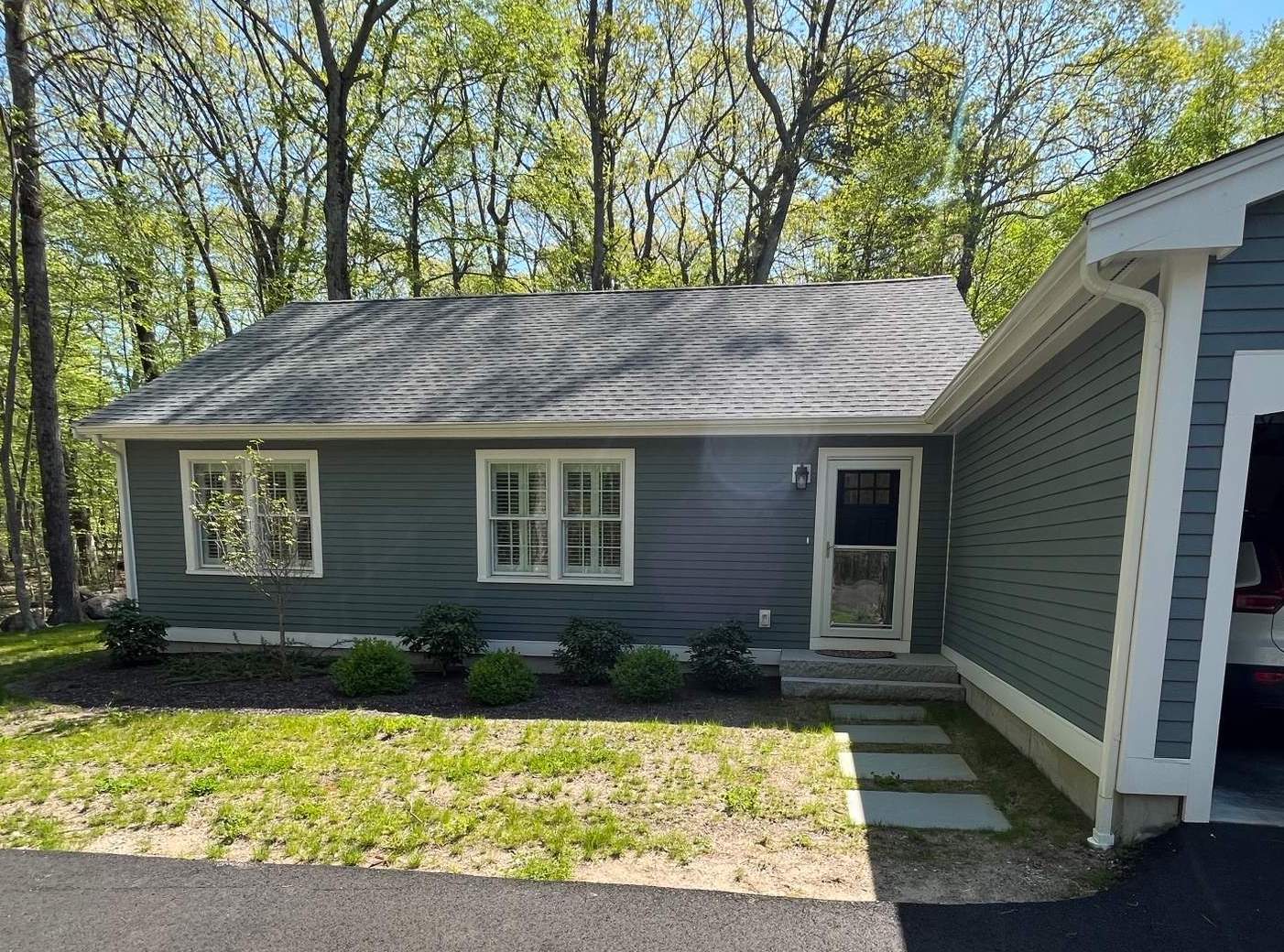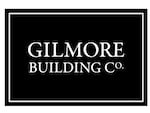A Homeowners Guide to Accessory Dwelling Units in Massachusetts

Accessory Dwelling Units are a practical solution for a variety of housing needs. These units can help homeowners looking to welcome extended family into their home, others who seek additional income and those who simply want to make the most of their property. Homeowners are turning to Accessory Dwelling Units to adapt their home to whatever they need.
What is an Accessory Dwelling Unit?
An Accessory Dwelling Unit (ADU) is an additional housing space located on the same property as another home. ADUs are self-sufficient with their own kitchen, bathroom, and a separate entrance. Common names for this type of dwelling is a “granny flat”, “in-law suite” or private apartment. These dwellings can be beneficial for an array of homeowners, and are gaining traction in the metro-Boston area.
The different types of ADUs:
Interior ADUs
These accessory dwellings are located within the primary home. This can mean converting a basement or attic into an apartment.
Attached ADUs
Attached dwellings are physically connected to the main home, typically through a shared wall. These can include existing structures or new construction, including on the side or rear of the home, or on an attached garage.
Detached ADUs
A detached unit is completely separated from the primary home, such as a cottage or converted detached garage.
Requirements for building an ADU in Massachusetts
Accessory Dwelling Units in Massachusetts must:
- Be no larger than half the gross floor area of the principal dwelling or 900 square feet, whichever is smaller.
- Maintain a separate entrance.
- This can either lead directly outside, or link to an entry hall or shared corridor with the primary dwelling, and must meet the state’s building code for safe egress.
- Meet local municipal restrictions, which can include additional size limitations, prohibitions or restrictions on short-term rentals, or any other requirements imposed.
- Contact Gilmore Building Co. for assistance navigating town permitting and design options.
New ADU Laws in Massachusetts
In 2024, Massachusetts Governor Maura Healey signed the Accessory Dwelling Unit policy allowing property owners to build an ADU without having to get special or discretionary approval from the local zoning board. The law took effect February 2, 2025.
This policy removes a zoning and permitting barrier — historically one of the most significant obstacles for homeowners to build ADUs in Massachusetts.
Needs Solved by ADUs
- Multigenerational living
- Allows multiple generations in a family to reside on the same property while maintaining privacy.
- Additional Income
- Homeowners can generate passive income by renting out the unit long-term or short-term, where allowed. This can help offset mortgage payments or home maintenance and repair costs.
- Increased Property Value
- ADUs can increase the resale value of a property, especially if buyers prioritize its flexibility and income potential.
- Ability to age in Place
- Older adults can downsize into an ADU while remaining on their property and in their hometown. They can also capitalize on passive income renting out the main home, or, if needed, allow caregivers to live nearby. ADUs can be customized with features such as:
- No-step entry
- Walk-in showers with benches
- Older adults can downsize into an ADU while remaining on their property and in their hometown. They can also capitalize on passive income renting out the main home, or, if needed, allow caregivers to live nearby. ADUs can be customized with features such as:
Designing ADUs
There’s many factors involved when deciding to build an Accessory Dwelling Unit – some of which we’ve touched on and some that may prompt you to think further ahead.
When designing an ADU — here’s some things you should think about:
- Who plans to live there now, and how their needs may change over time
- Accessibility features needed
- Ways to maintain privacy and comfortability for all parties
- Planning for the long haul — if building for multigenerational living, could the unit later become a rental space, guest home, or office area?
- Having an experienced builder to help you through the process
Planning and building an ADU
Key factors that must be taken into account when planning to build an Accessory Dwelling Unit:
1. Property Size and Style
It’s important to consider the size of your lot when determining the type of ADU fits best. Also take into account any existing structures on your property, such as an attached garage or shed.
2. Personal Needs
Intended use will play a major role in determining the type and size of unit you design, whether it be family use—older or younger adults—or tenant development. Take into account the available space and zoning.
3. Local Regulations/Design and Permitting
While the 2024 law signed Massachusetts expands statewide access to developing ADUs, they must meet local municipal regulations. Each town may have a different permitting process, design guidelines, or other requirements for ADUs. Gilmore Building Co. can help you navigate local permitting and design options. We pride ourselves on working closely with homeowners from concept to design execution, with a high-quality standard.
5. Construction Timeline
Timeframes vary based on design/location complexity and local permitting. However, most ADU projects take around 6 to 12 months from start to finish.
It’s important to plan ahead for factors outside of where your family will live on your property or within your home. Gilmore Building Co. is experienced in helping homeowners plan to fit their needs best.
When to Start Planning to Welcome Family
The best time to start your planning process to prepare your home for an additional unit is before you really need it. Take some time to create a plan and then determine how the ADU will be funded when you are not under pressure to have the space. Recent Massachusetts legislation has made it easier to add ADUs to your property, but there are still several important factors to consider when moving forward in the process.
